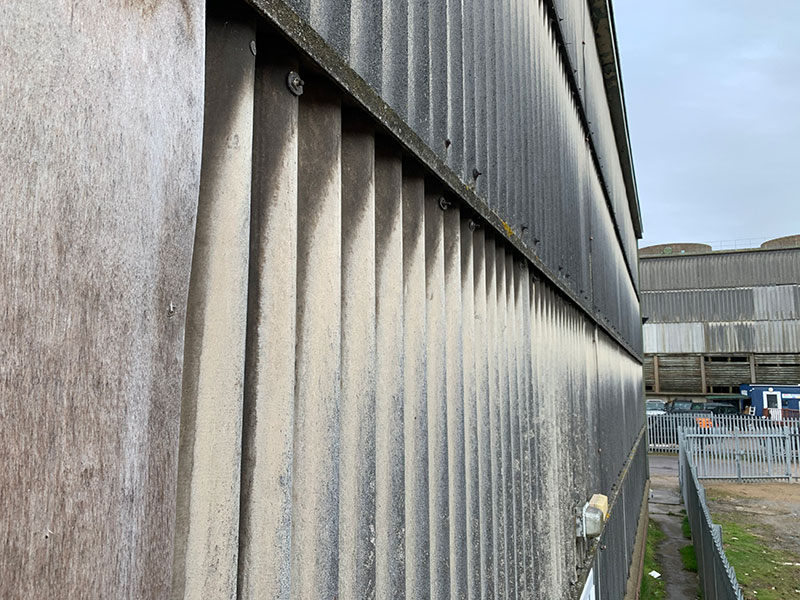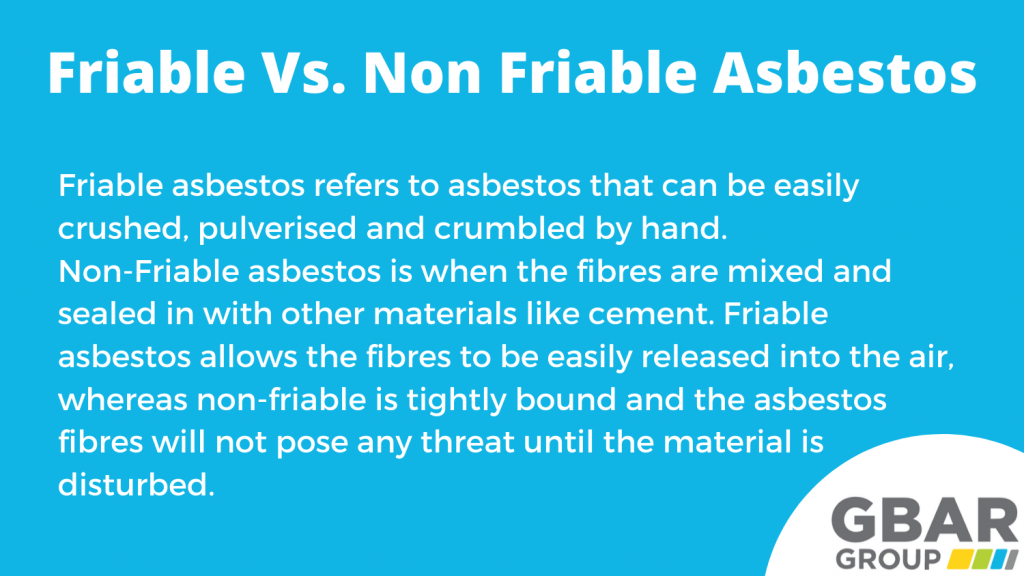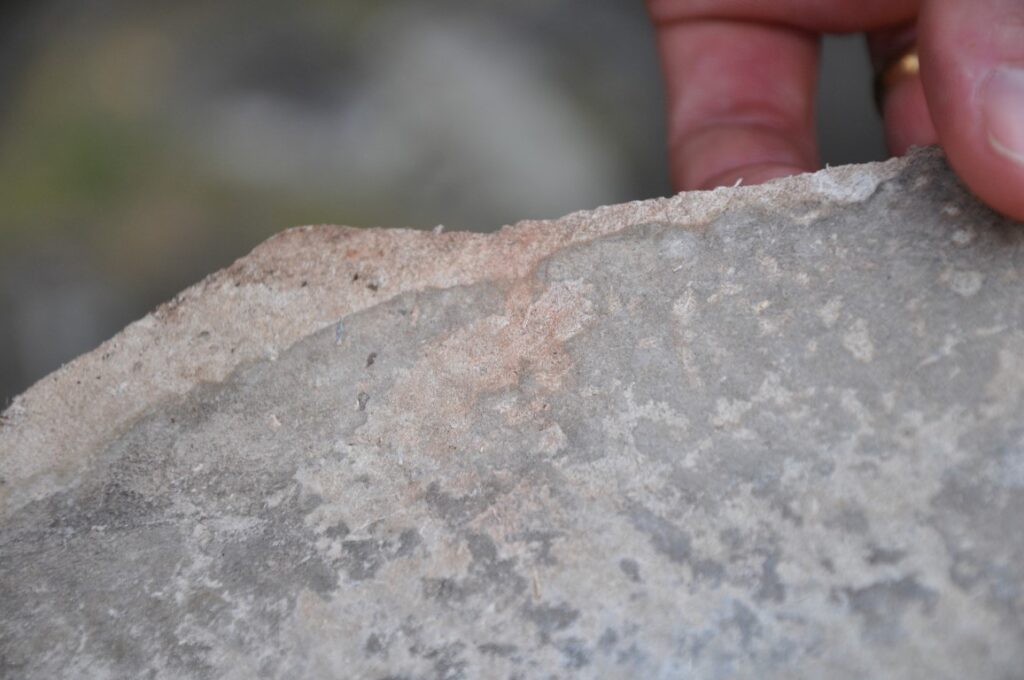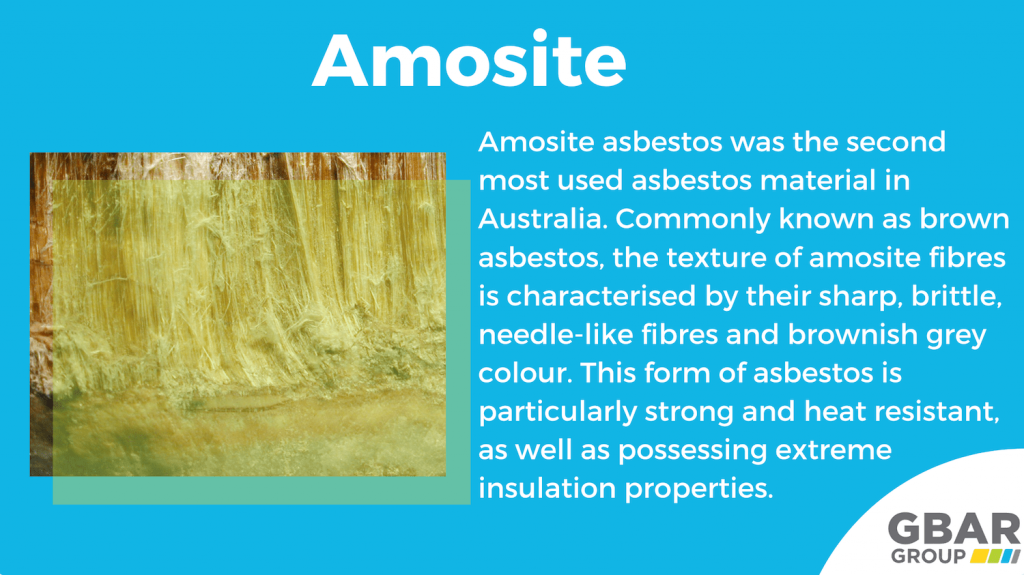Asbestos cement may not be the most exciting topic, but it’s crucial to understand its color for safety reasons. This article aims to shed light on the color of asbestos cement, an often overlooked material that can have serious health implications if mishandled. By the end of this short read, you’ll have a clear understanding of what color asbestos cement typically appears, helping you identify and avoid potential harm. Keep reading to protect yourself and those around you from this hazardous substance.
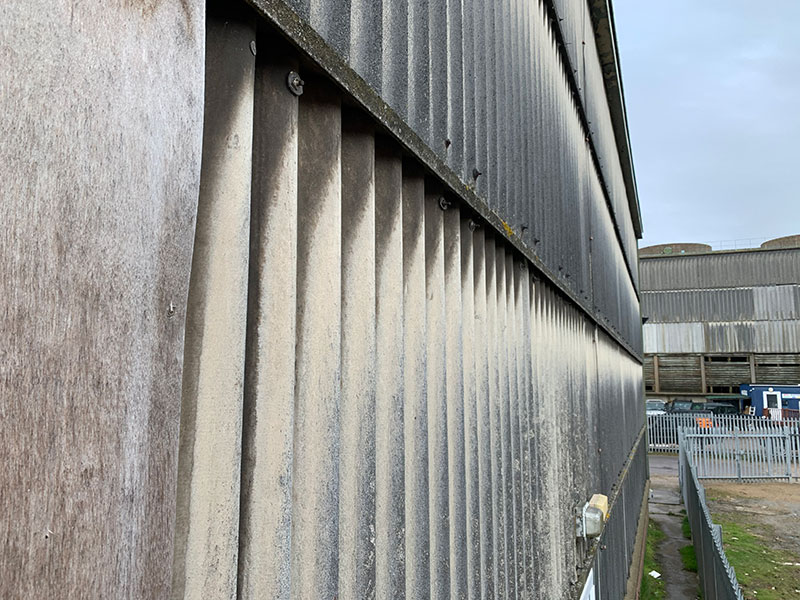

Overview
Asbestos cement is a type of building material that was widely used in the past due to its strength, durability, and fire resistance. It is a mixture of cement and asbestos fibers, which gives it its unique properties. However, due to the health risks associated with asbestos, its use has been restricted and regulated in many countries. In this article, we will explore the history, identification, weathering, color removal techniques, and regulations surrounding asbestos cement.
Explanation of Asbestos Cement
Asbestos cement is a composite material that is primarily made up of cement and asbestos fibers. The asbestos fibers are mixed with the cement to create a strong and durable product. Asbestos cement is used in a variety of construction applications, such as roofing, pipes, and siding. The asbestos fibers provide reinforcement to the cement, making it resistant to cracks and fractures. However, the use of asbestos in construction materials has been linked to serious health issues, necessitating strict regulations and precautions.
Historical Use of Asbestos Cement
Asbestos cement was widely used in the construction industry from the early 1900s until the late 1980s. During this period, its popularity can be attributed to its cost-effectiveness, versatility, and excellent fire resistance properties. Asbestos cement products were commonly used in residential, commercial, and industrial buildings.
Identifying Asbestos Cement
Understanding the color of asbestos cement can assist in its identification. Asbestos cement products typically have a grayish-white or beige color. However, the exact color can vary depending on several factors.
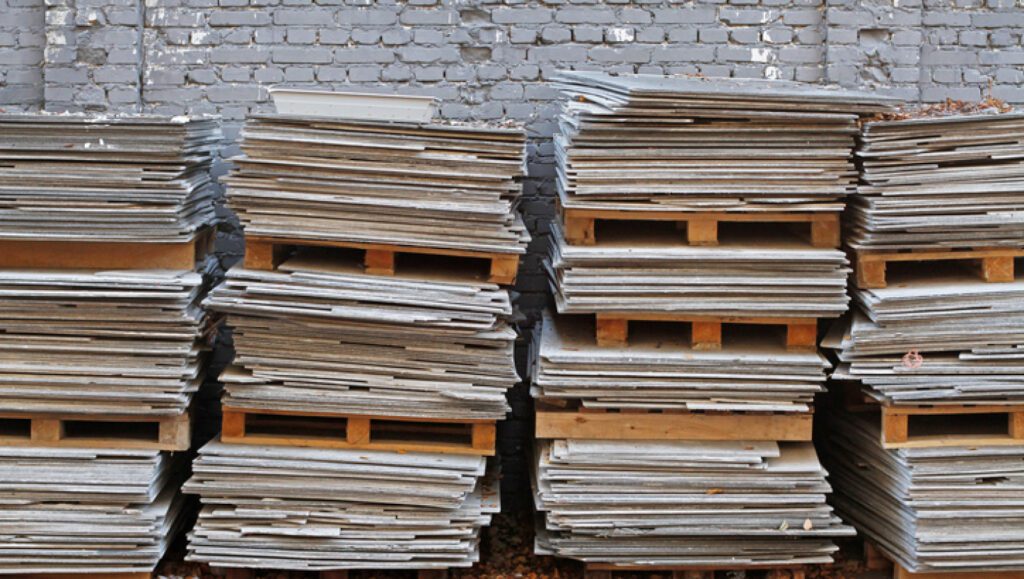

Understanding the Color of Asbestos Cement
Asbestos fibers are naturally white; therefore, the color of asbestos cement is primarily influenced by the color of the cement matrix. The cement may be tinted during the manufacturing process, resulting in variations in color. Additionally, the presence of other additives or impurities can contribute to color variations.
Factors Influencing Color Variation
Several factors can influence the color of asbestos cement. The type and amount of cement used, the specific asbestos fibers employed, and the manufacturing process all play a role in creating color variation. Other external factors such as weathering and fading can also affect the appearance of asbestos cement over time.
Original Color of Asbestos Cement
The original color of asbestos cement products is commonly a grayish-white or beige shade. This is the result of the combination of white asbestos fibers and the natural color of cement. Though variations within this color spectrum are possible, a grayish-white or beige appearance is most frequently observed.
Influence of Manufacturing Process on Color
During the manufacturing process, pigments or dyes may be added to the cement mixture to enhance or alter the appearance of asbestos cement products. This can result in a range of colors, including shades of gray, brown, or even green. Manufacturers may also use different types of cement or additives that further contribute to color variation.
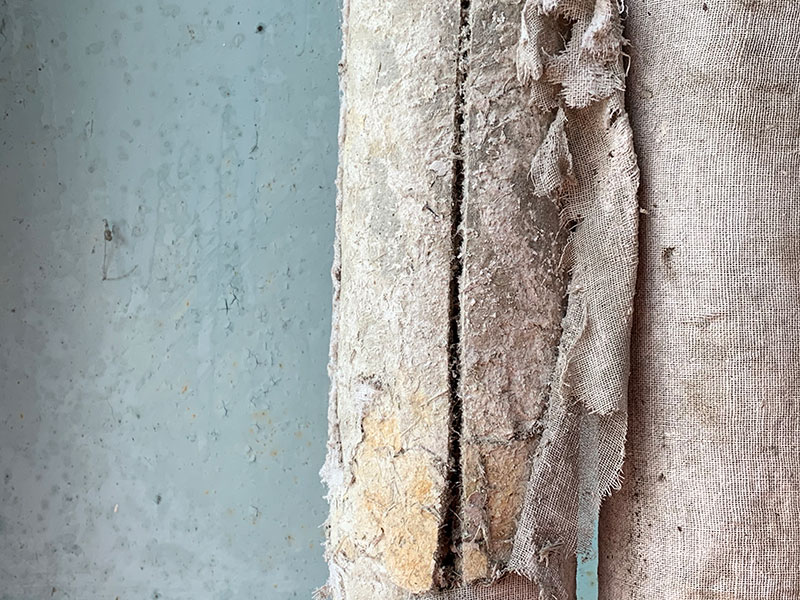

Weathering and Fading
Over time, asbestos cement products may experience weathering, which can impact their color. Exposure to sunlight, moisture, and other environmental factors can cause fading and discoloration.
Effects of Weathering on Asbestos Cement Color
Weathering can lead to a change in the color of asbestos cement products. Continuous exposure to ultraviolet (UV) radiation from the sun can cause the cement matrix to degrade, resulting in a lighter or washed-out appearance. Additionally, moisture and environmental contaminants can contribute to discoloration.
Reasons Behind Fading of Asbestos Cement
Fading of asbestos cement can be attributed to several factors. UV radiation breaks down the organic dyes or pigments used during the manufacturing process, causing the color to fade. The aging process, exposure to moisture, and interactions with environmental pollutants can further contribute to the fading of the cement matrix.
Color Removal Techniques
Removing color from asbestos cement can be a challenging and potentially hazardous task. Various techniques are employed to alter the color or restore the original appearance of asbestos cement products.
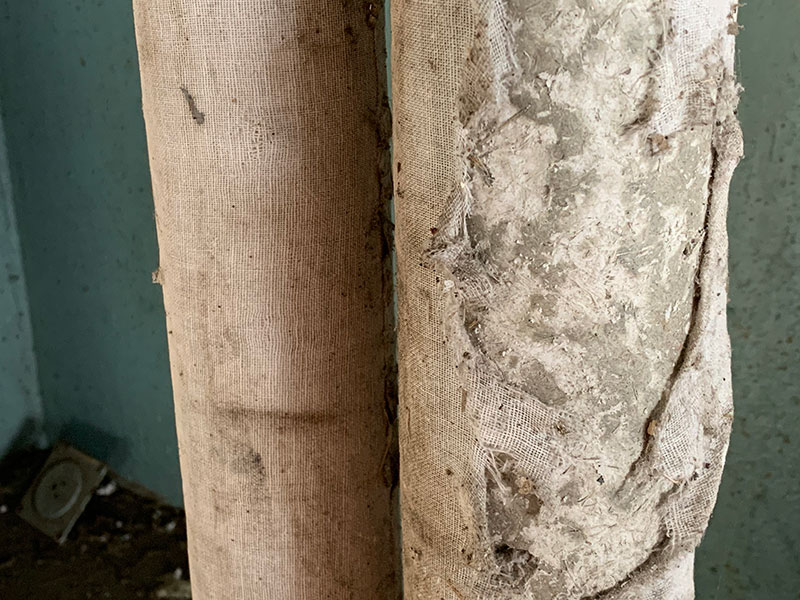

Processes for Removing Color from Asbestos Cement
Color removal techniques for asbestos cement often involve the use of specialized chemical treatments or paint strippers. These substances are carefully applied to the surface of asbestos cement products, allowing the color to be stripped away.
Safety Precautions and Professional Assistance
Due to the health risks associated with asbestos, it is essential to take proper safety precautions when considering color removal from asbestos cement. It is recommended to consult with professionals experienced in asbestos removal to ensure the safe handling and disposal of any asbestos-containing materials.
Color Testing and Identification
To determine the color of asbestos cement products, various methods can be employed, including visual inspection and laboratory testing.
Methods for Identifying Asbestos Cement Color
Visual inspection is the initial step in identifying the color of asbestos cement products. The appearance of the cement matrix, including its tint and degree of discoloration, can provide valuable information. In some cases, laboratory testing and sample analysis may be required to assess the color with precision.
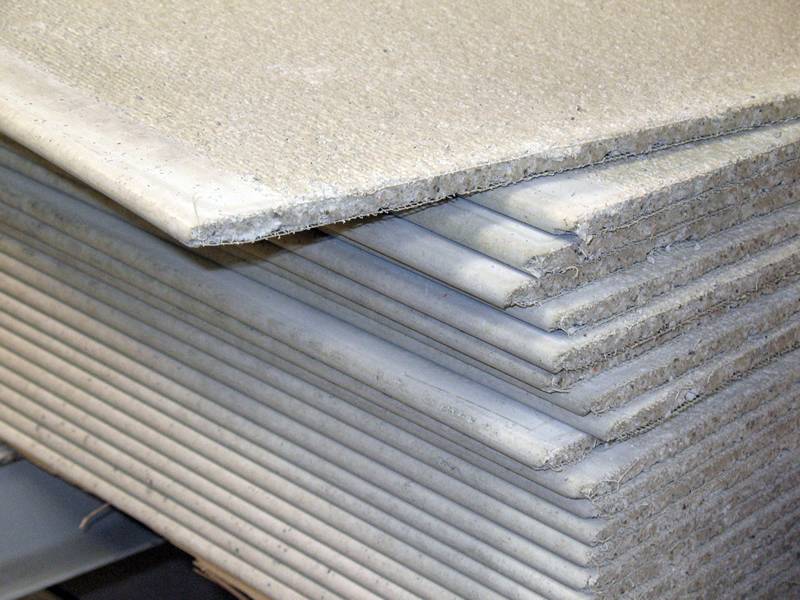

Laboratory Testing and Sample Analysis
Laboratory testing involves collecting samples of asbestos cement and subjecting them to analysis. Microscopic examination can reveal the presence of specific additives or pigments that influence the color of the cement matrix. Chemical tests can also be conducted to identify any color-altering substances used during the manufacturing process.
Asbestos Cement Repair and Replacement
When dealing with colored asbestos cement, it is important to consider certain factors for repair or replacement. Care must be taken to prevent the release of asbestos fibers during the repair process.
Considerations for Repairing Colored Asbestos Cement
Repairing colored asbestos cement products requires caution and adherence to safety guidelines. Specialized techniques should be employed to avoid damage to the cement matrix and minimize the risk of asbestos fiber release. It is advisable to consult with professionals experienced in asbestos cement repairs.
Alternatives to Asbestos Cement Products
Asbestos cement products have been largely phased out due to health concerns. Various alternative building materials, such as fiber cement and polymer-based products, are available as substitutes. These modern materials offer similar properties to asbestos cement without the associated health risks.
Dangers and Precautions
Asbestos cement presents significant health risks if not handled properly. The inhalation of asbestos fibers can cause serious respiratory diseases, including lung cancer and mesothelioma.
Health Risks Associated with Asbestos Cement
Asbestos fibers, when released into the air and subsequently inhaled, can lodge in the lungs and cause long-term health issues. Prolonged exposure to asbestos cement dust can lead to the development of asbestos-related diseases, which may appear years or even decades after exposure.
Handling and Disposal Procedures
Proper handling and disposal of asbestos cement are crucial to minimize the risk of exposure and ensure the safety of workers and the environment. It is essential to follow strict regulations and guidelines set forth by relevant authorities when dealing with asbestos-containing materials.
Current Regulations on Asbestos Cement
Due to the health hazards posed by asbestos cement, governments have implemented legislation and regulations to control its usage and protect public health and safety.
Legislation and Regulations for Asbestos Cement Usage
Many countries have enacted laws and regulations that govern the handling, removal, and disposal of asbestos-containing materials. These regulations aim to minimize the release of asbestos fibers and ensure the safe management of asbestos cement.
Prohibited Applications and Safe Practices
Certain applications of asbestos cement are now prohibited due to the heightened health risks associated with specific uses. Safe practices, such as encapsulation or removal by licensed professionals, are encouraged to protect individuals from asbestos exposure.
Conclusion
In conclusion, asbestos cement is a building material that was widely used in the past for its strength and fire resistance. Understanding the color of asbestos cement can aid in its identification, inspection, and management. Proper color testing, repair, and handling techniques are essential for the safe management of asbestos cement products. Due to the health risks associated with asbestos, strict regulations and precautions must be followed to ensure public safety. By adhering to these regulations and guidelines, we can effectively manage and minimize the risks associated with asbestos cement.

